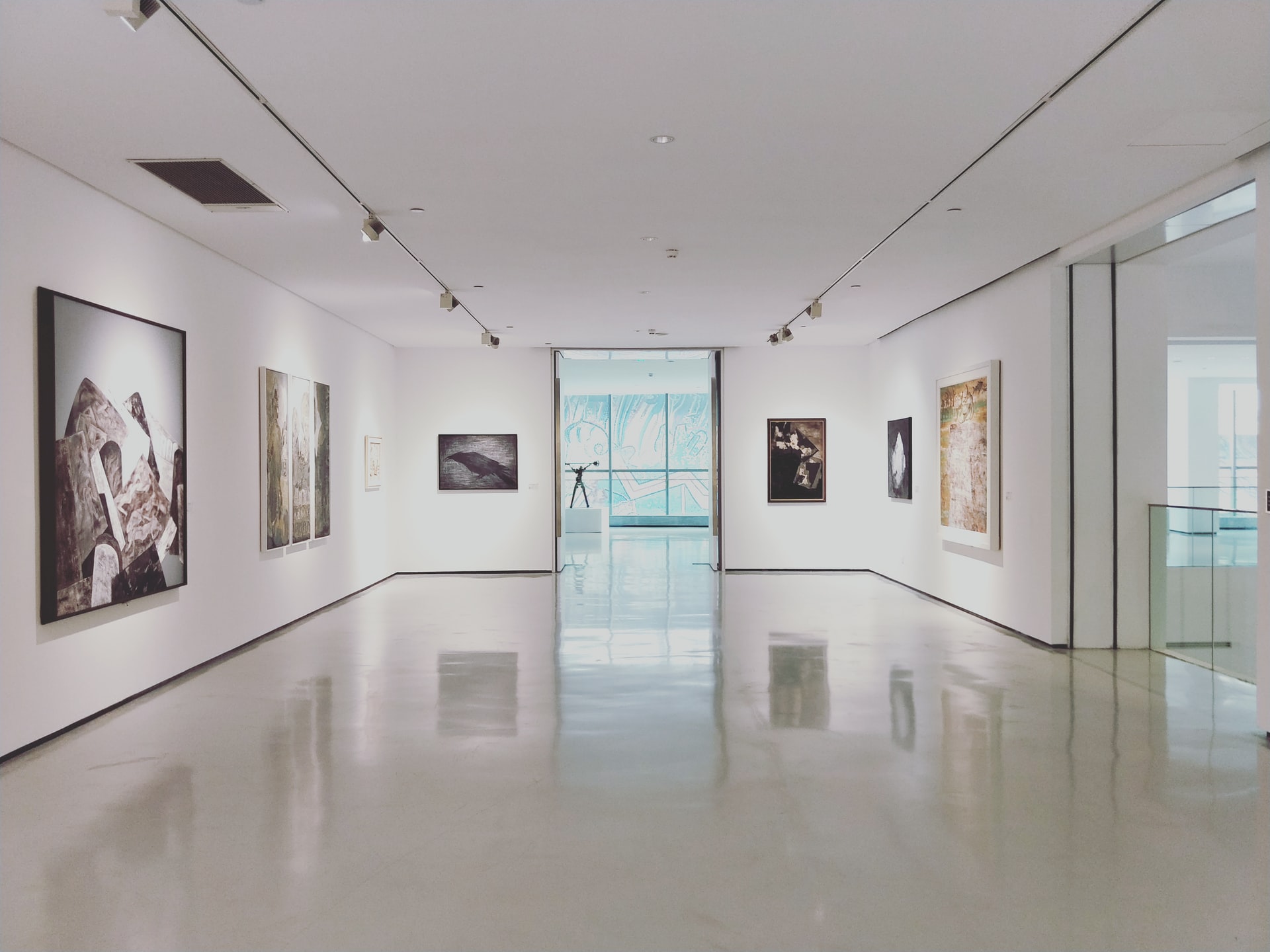Improper lighting can diminish or reduce the quality of many amazing works of art. The beauty of your artwork collection can be negatively affected by shadows and glares, or simply the misplacing of your light source. The way you light up your artwork should enhance its quality. However, even the most beautiful paintings can lose their compelling effect when incorrectly matched with direct light or artificial lighting. It’s essential for works of art to be exposed properly with the help of artificial lighting, but which types of light can you opt for to get the best results? This is what we’re here for. You need the right lighting to ensure your pieces are going to be admired for years. So, take a look at these lighting types and techniques that can help you show the beauty of your collection.
Avoid Natural Lighting
Infrared and UV light coming from direct or indirect exposure to sunlight can be really damaging to artwork. This kind of light can cause prints or paint pigments to fade and become damaged. Direct natural lighting can even have a damaging effect on both your furniture and flooring. For that reason, it’s important to keep your works away from direct natural light. Many artist studios and lighting experts suggest that north-facing light is the optimal lighting you can add to light up your art. However, you can also find a wall that doesn’t get exposed to direct sunlight during the day. This way, you keep your art safe and in the same condition that it was in when you first put it up.
Artificial Lighting
One of the most important things to remember when using artificial lighting is to steer clear of fluorescent bulbs. This type of lighting is too bright and white to be used as an artificial source of light. The ideal option would be to find something that replicates the light of day. For example, incandescent lights give off a comforting and warm glow that feels similar to daylight. It is important to note that these lights can be considered inefficient, so make sure you test them out before deciding. You may also want to consider LED tube lights if you have some space between your art and the light source. They hardly let out any UV radiation or heat, and they last for a very long time.
Track Lights
Track lights have always held a reputation for being too bulky or too big and that they need their own designated space. Over the years, these lights have evolved and now come in minimalist, sleek iterations. All you have to do is to pair your track lighting with the right lamps to light up your work and direct attention to every detail. The best thing about these lights is that they are very simple to install and remove, so they give you great flexibility in controlling or changing the artwork on display. Whenever you change your mind about one of your art pieces, you will easily be able to take the bulbs off or slide them, which is almost minimal effort compared to other types of lighting.
Wall Washers
Wall washers are lighting that covers or “washes” the entire wall, making it one big, bright screen to display your artwork. They can be used for outdoor and indoor lighting purposes and are commonly used to light up large works that take up an entire wall or cover most of it. Contemporary art collections prefer this lighting mode as it creates wide distributions of light on any given wall. Additionally, they come with built-in flexibility that allows you to remove, add, or relocate your art whenever needed in the future.
Picture Lights
These are low-wattage lamps or fixtures that art studios would mount directly onto their artworks’ frames or on the wall above their art pieces. Since their lamps use low wattage, they produce light that is close to the art pieces they’re fixed above. This creates a sense of intimacy between the viewer and the artwork; the intimate display encourages watchers to come closer to the art piece and appreciate the little details. These lights also boast a decorative nature that makes it incredibly easy to blend them into any room’s interior design. There are even large picture lights that are designed to suit massive works of art.
The beauty or quality of any of your artworks can be constrained by the type of lighting you choose to light it up with. That’s why you need to be careful picking the type of lights that are supposed to bring your pieces to life. Go for lights that mimic or are closer to daylight, although it’s not recommended that you expose your art to direct sunlight.


